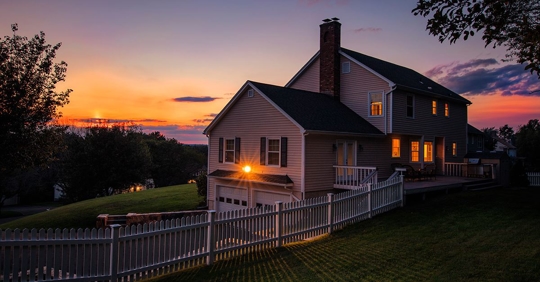As a homeowner, you want to be prepared for anything that comes your way, including power outages. While Kansas City doesn't experience frequent power outages, they can happen at any time, and it's best to be prepared with a backup generator. Whole-home backup generator systems are a great investment that can help you keep the lights on, food fresh, and appliances running during power outages. Here’s everything you need to know about installing a backup generator in Kansas City.
Whole Home Backup Generator Sizing
The first step in installing a backup generator is determining the size you need. Whole-home backup generator sizing depends on your home's electrical needs. The larger your home and the more appliances and electronics you have, the bigger generator you'll need. Here are a few factors to consider when determining the size of your backup generator:
- Electrical Load: The electrical load of your home is the amount of power it requires to run. You can calculate your home's electrical load by adding up the wattage of all the appliances and electronics you want to power during an outage. It's important to remember that some appliances require more power to start up than to run continuously.
- Fuel Type: Backup generators run on either propane or natural gas. The fuel type you choose will affect the size of your generator. Natural gas generators can provide more power than propane generators, but they also require a larger fuel line.
- Climate: The climate in Kansas City can be extreme at times. You may need a larger generator to power your heating or cooling system.
Related Content: Understanding How Generac Generators Work
How Do Backup Generators Work?
Backup generators are connected to your home's electrical system and automatically turn on when there is a power outage. They work by using an internal combustion engine to convert fuel into electricity. When the power goes out, the generator's automatic transfer switch (ATS) detects the loss of power and signals the generator to start. Once the generator is up and running, the ATS switches the power source from the grid to the generator, providing electricity to your home.
What Size Backup Generator Do I Need?
As mentioned earlier, the size of your backup generator depends on your home's electrical load. An electrician can help you determine the size you need by performing a load calculation. Most backup generators range in size from 7 kilowatts (kW) to 22 kW. Here's a breakdown of what size generator you may need based on your home's electrical load:
- 7 kW - 11 kW generator: This generator can power a few appliances, such as a refrigerator, a sump pump, a furnace, and lights.
- 12 kW - 16 kW generator: This generator can power most of your home's appliances, such as a refrigerator, sump pump, lights, furnace, and air conditioner, along with lights and small electronics.
- 20 kW - 22 kW generator (and higher): This generator is usually powerful enough to power your entire home, including all appliances, HVAC systems, and electronics.
Keep in mind that these are general guidelines, and your specific needs may vary based on the size of your home and the type and number of appliances you have.
Choosing a Backup Generator Installer
Once you've determined the size of your backup generator, it's important to choose a reputable installer. Look for a licensed and insured electrician who has experience installing backup generators. They should also be able to provide references and answer any questions you have about the installation process.
The team at C.M. Mose & Son has the know-how and experience to help you with every step of installing a whole-home backup generator. Call us at (816) 339-5190 or book an appointment online.

